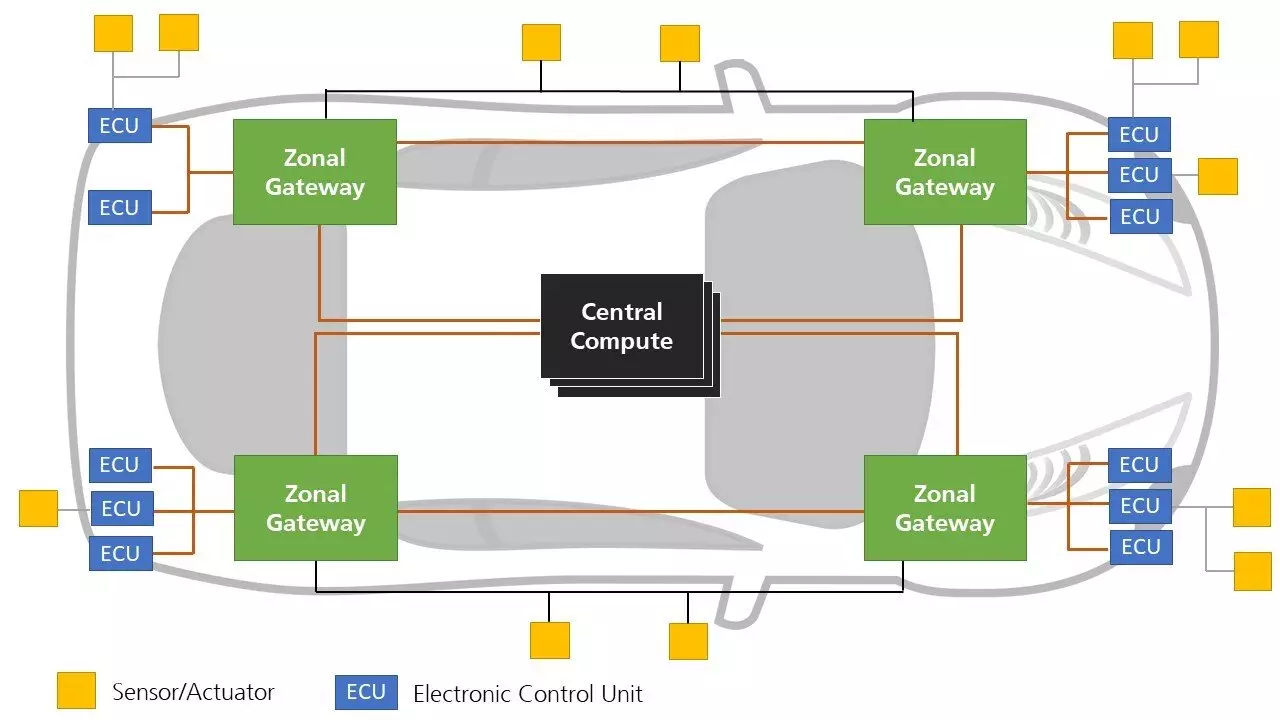The automotive industry is constantly evolving, with modern vehicles becoming increasingly reliant on electronics. The management of multiple computers and assistance systems in cars has become a complex challenge, leading to heavier cable harnesses and more intricate control systems. However, researchers at the Fraunhofer Institute are working on a groundbreaking project called CeCaS, aimed at revolutionizing the way electronic components are controlled in vehicles.
CeCaS focuses on developing a centralized systems architecture that manages all electronic components from a single supercomputing platform. This innovative approach streamlines the construction of highly automated and connected vehicles by relying on an extremely reliable Ethernet backbone that operates in real-time. Imagine a car where updates can be installed wirelessly, and new functions can be seamlessly integrated as needed, all controlled from a central platform.
The goal of the CeCaS project is to transform cars into supercomputers on wheels, where components can communicate with each other in real-time. By standardizing vehicle technologies, centralizing component management, optimizing system communication, and providing real-time computing power, the project addresses the increasing data volumes in cars resulting from trends like automation and connectedness.
The Fraunhofer researchers in Dresden are focusing on Time-Sensitive Networking (TSN) for the CeCaS project. By developing their IP cores for semiconductors, the team aims to enhance Ethernet-based network technology with real-time capabilities, ensuring robustness and reliability in all situations. TSN achieves real-time capability and reliability by using a consistent system time, smart task prioritization, and process queue management.
Ethernet technology, combined with the Fraunhofer IP cores, offers flexibility and scalability for adapting to vehicles of different sizes, performance categories, and functions. This approach allows for easier updates and integration of new functionalities via Wi-Fi, reducing the need for extensive cable harnesses and subsequently lowering costs. Ultimately, the centralized control system will make vehicles lighter and more efficient.
The CeCaS project represents a significant departure from current automotive construction methods by transitioning from domain-based control to zone-based management. High-performance computing platforms will control multiple modules simultaneously, including safety-critical systems like the engine, gearbox, and brakes, as well as various sensors, motors, and entertainment systems. This forward-thinking approach to car electronics has the potential to reshape the future of automotive technology.



Leave a Reply